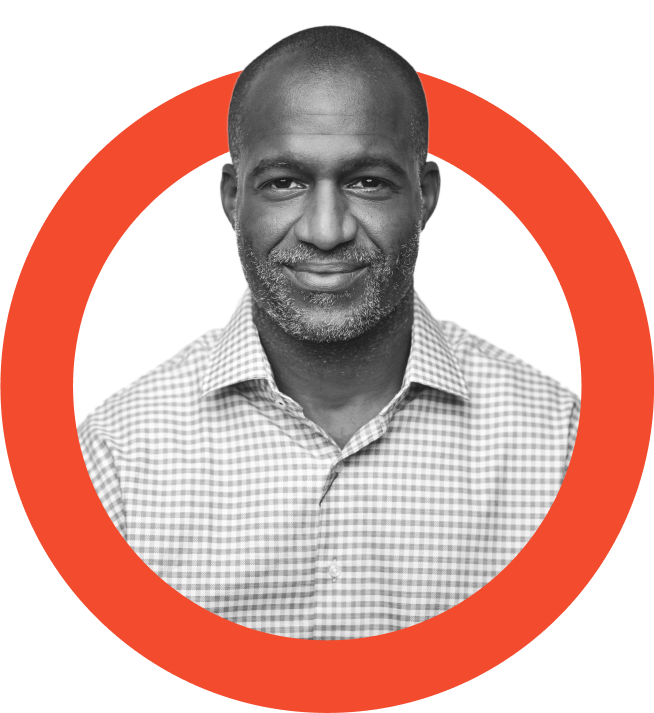“A reader lives a thousand lives before he dies . . . The man who never reads lives only one.” – George R.R. Martin
Here are the ground rules: the only requirements were that the books be appropriate for high-school-aged readers, and that they not be books that regularly show up on high school reading lists. Fiction and nonfiction, memoir and sci-fi—it’s all here.
Happy reading!
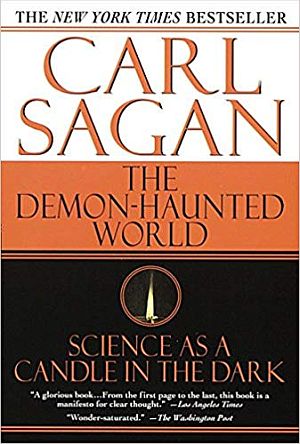
The Demon-Haunted World: Science as a Candle in the Dark by Carl Sagan
Recommended by Andrew Schor
As high school students are presented with an onslaught of information—some verifiable and some notably not—it is vitally important they have the tools to critically examine the world around them. Carl Sagan presents a compelling and entertaining appeal for scientific literacy and critical thinking as he deconstructs the myths of Atlantis, ghosts, and psychic mediums. This book is a fantastic introduction to the utility of a scientific mindset outside the laboratory.
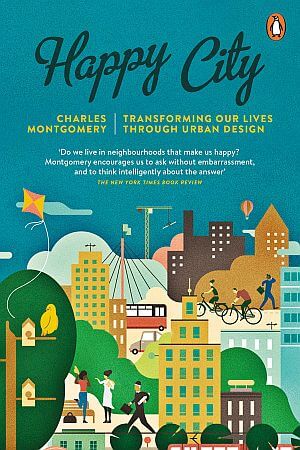
Happy City by Charles Montgomery
Recommended by Sebastian von Zerneck
Have you ever wondered how cities are dreamt of, planned, built, and updated? The organizational complexity is stupendous, and the end goal is always (or should always be) the happiness of the city’s inhabitants. What has gone right and what has gone wrong in urban planning in the last couple of hundred years? You’ll have to read the book to find out.
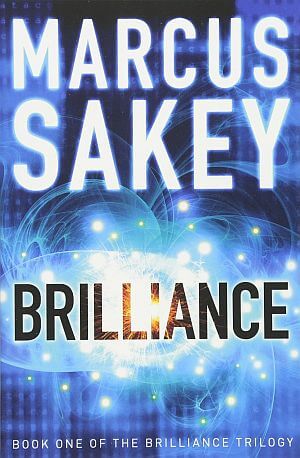
Brilliance by Marcus Sakey
Recommended by Lee Miller
School almost ruined novels for me—I started to believe than something needed to be “important” in order to be worth reading. It turns out (who knew!) that reading can also be just pure fun. The trilogy by Marcus Sakey beginning with Brilliance is every bit as exciting as a Marvel blockbuster. It imagines a world where some people are born with mental superpowers: seeing time pass in slow motion, reading someone’s deepest feelings from the look on their face, predicting your opponent’s next 100 moves. Naturally, “normal” society feels threatened, and the conflict and intrigue that develops is riveting. Think X-Men, but much more realistic and relatable. Prepare to binge read!
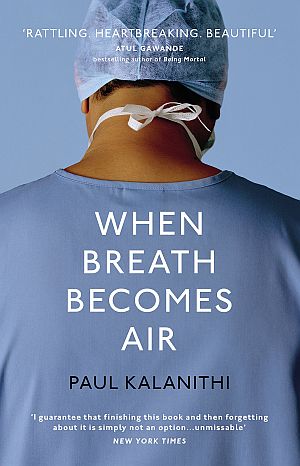
When Breath Becomes Air by Paul Kalanithi
Recommended by Amanda Calzada
Ideal for those enthusiastic about health and medicine, yet also appreciate a literary narrative. This book follows the story of a Stanford doctor whose life takes a turn when he becomes the patient of a serious disease.
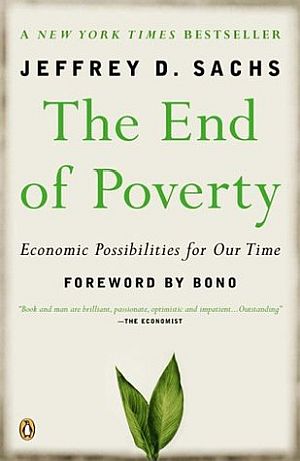
The End of Poverty: Economic Possibilities for Our Time by Jeffrey Sachs
Recommended by James Backlund
By widely-known economist Jeffrey Sachs, this book takes economic principles and applies (and adapts) them to the truly knotty challenges of global poverty and developing nations. It shows how, underneath it all, there are some fundamental approaches that can bring large numbers of people out of poverty, provide economic opportunity for a newly-growing middle class, all while reducing humanity’s net impact upon our global environment.
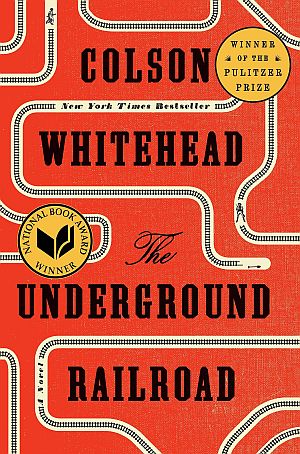
The Underground Railroad by Colson Whitehead
Recommended by Noah Larson
Much of this book is horrific as we see the experience of slaves in 19th-century America through the eyes of a little girl. She’s young but she is more wise, experienced, and tough than just about anyone you know. Her journey to escape the confines of history and forge her own path bring her to collisions with true villains, true friends, and those that are in between. Whitehead is a brilliant writer and masterfully employs magic realism in this novel: the real underground railroad is re-imagined here as an actual railroad!

